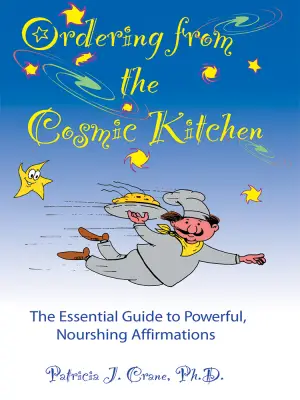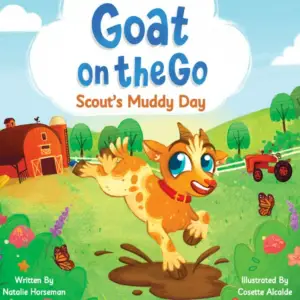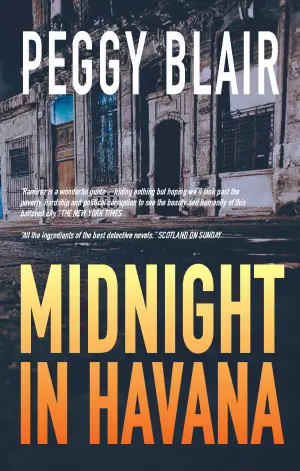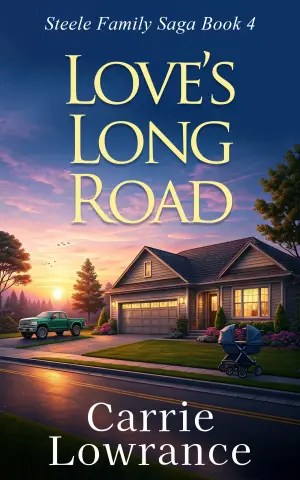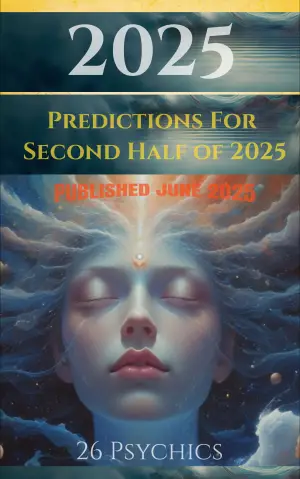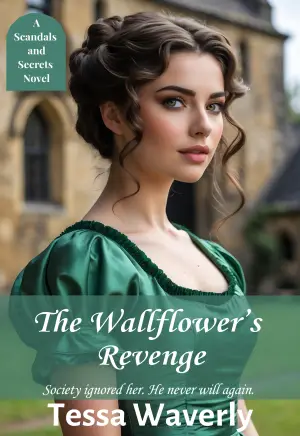Reflections on Harry Potter and the Half-Blood Prince
When I picked up Harry Potter and the Half-Blood Prince, I wasn’t just diving back into J.K. Rowling’s enchanting world; I was revisiting the emotional rollercoaster that shaped my childhood. As I settled into the familiar rhythm of Hogwarts, I couldn’t help but feel a bit of nostalgia mixed with excitement. Rowling’s magical storytelling has an uncanny ability to transport us and, in this sixth installment, she offers a blend of teenage angst, burgeoning romance, and revelations that leave readers both heartbroken and hopeful.
At its core, The Half-Blood Prince captures the themes of love and loss, friendship, and the battle between good and evil. This time around, we see Harry grapple with not just the weight of his destiny, but the complexities of growing up. The burgeoning relationships—especially the awkward yet relatable dance between Harry and Ginny, and the often-tumultuous connection between Ron and Hermione—add layers to their characters. As I noted during my reading journey, it felt like a heartfelt respite from the severity of the previous entries. With moments of “lovesick woe, observing foes, and problematic snogging,” the book balances lighthearted banter with darker undertones that prepare us for the storm ahead.
Rowling’s writing shines not just in her vivid imagery but in her ability to invoke emotion. Descriptions like Snape’s somber abode evoke a hauntingly gothic charm, and the delectable interplay of humor and drama makes the pages turn effortlessly. I found myself particularly smitten with the dynamic between Harry and his teacher, Horace Slughorn. The charm of Slughorn’s character lies in his vulnerabilities and the depth he brings to the presence of darker forces at play.
I often stopped to reflect on the quotes that struck me the most. One moment that resonated profoundly was when Dumbledore states that “You have a power that Voldemort has never had. You can love.” This theme of love emerges as a potent force, not just in the context of friendship or romantic desire, but also in the sacrifices made for those we care about. This insight, juxtaposed with the series’ darker elements, highlighted for me the heart of Rowling’s narrative arc.
As I traversed through the pages, I was reminded of the intricate tapestry of relationships that Rowling has woven. From Fred’s playful jabs at Ginny’s love life to the touching moments between Harry and Dumbledore, each character serves to enrich the story. The pacing kept me on my toes—just when I’d lose myself in the sweetness of young love, Rowling would pivot to a harsh reminder of the dangers that lurk just beyond the school’s walls.
In conclusion, Harry Potter and the Half-Blood Prince is a worthy continuation of the saga, perfect for anyone who relishes a blend of adventure, introspection, and the heartfelt journey of its characters. Whether you’re here for the romance, the magic, or the growth of young heroes, there’s something for everyone. Once again, Rowling has not only entertained but has offered poignant reflections on the nature of friendship and love amidst the trials of youth. For me, revisiting this installment felt like coming home—reminding me of both the magic of childhood and the inevitable challenges of growing up in a world where danger and friendship often walk hand in hand.
Discover more about Harry Potter and the Half-Blood Prince (Harry Potter, #… on GoodReads >>

